Breaking A Bad Habit

The Temporary Mark Of Civilization,, Second Visit - Bull Creek, Austin
I took stock of my Nikon glass a couple of weeks back and recognized a serious lack of imagination in which lenses I choose to use. My full bag has contained the same optics for the last seven or eight years but one of them has been the overlooked step child virtually since the day it was purchased. On paper I can cover the full range from 18mm to 300mm (FX equivalent), everything a typical landscape photographer might wish for. In practice, the 12-24mm F4 DX lens rarely got to experience the fresh air outside of its pouch.
The 70-200mm VR is saddled up for abstracted distant horizon landscapes, cloudscapes and the rare rock festival; maybe accounting for 20 or 25 percent of the shots I have taken since it was obtained. But it is the thoroughly plastic and slightly wobbly 18-70mm that has hogged the driving seat of my D300, only giving up its place when forced to. Now, the 18-70mm is not a bad lens; it is great for a day walking around Santa Fee (for example) without triggering back ache in the evening, but it has become a bad habit. A lazy habit.
So two weeks ago I made a point of starting my visit to the drought dry bed of Bull Creek, Austin, with the wide angle on the camera. I kept it there for all but a handful of shots where a six inch deep, twenty foot wide, “puddle” kept me too far from my subject. Today I went back to the same location, under the gray clouds of another failed promise of rain, to shoot the same scene in low contrast light instead of the high contrast bleach out of the first occasion. The puddle has gone the way of all the other water in Texas and the 12-24mm was the only glass I used.
I love this lens. Why on earth I have I left it in the bag all these years? I knew it was a quality design when I paid for it; why haven’t I use it more? Well, that won’t be a problem from now on. At this rate, I may have to rediscover the mid range in a couple of years.
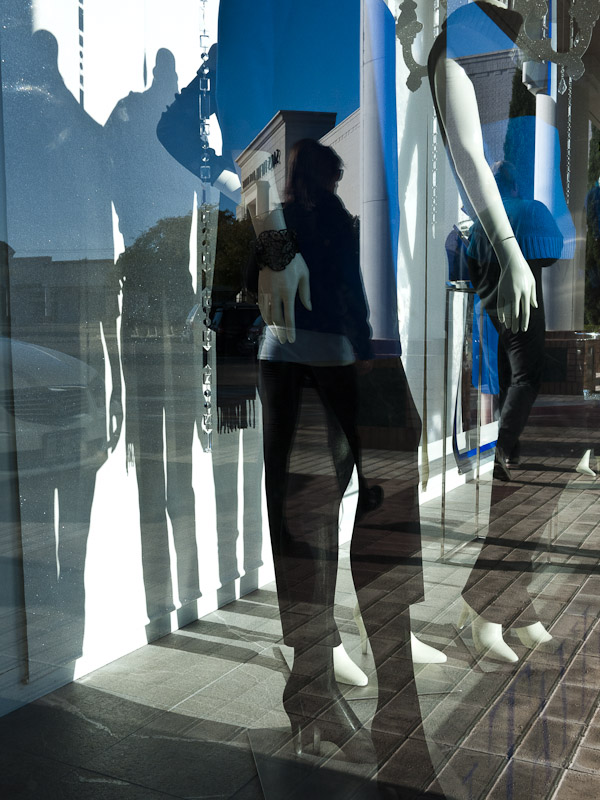

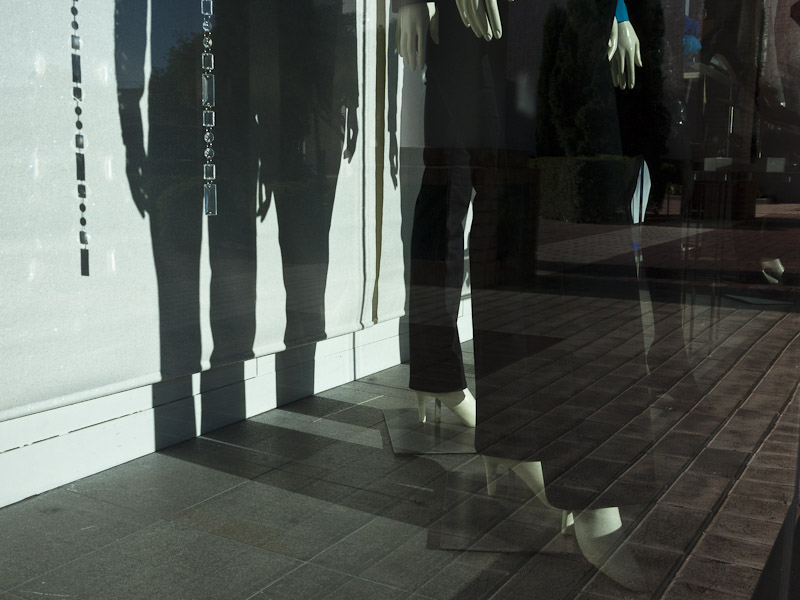
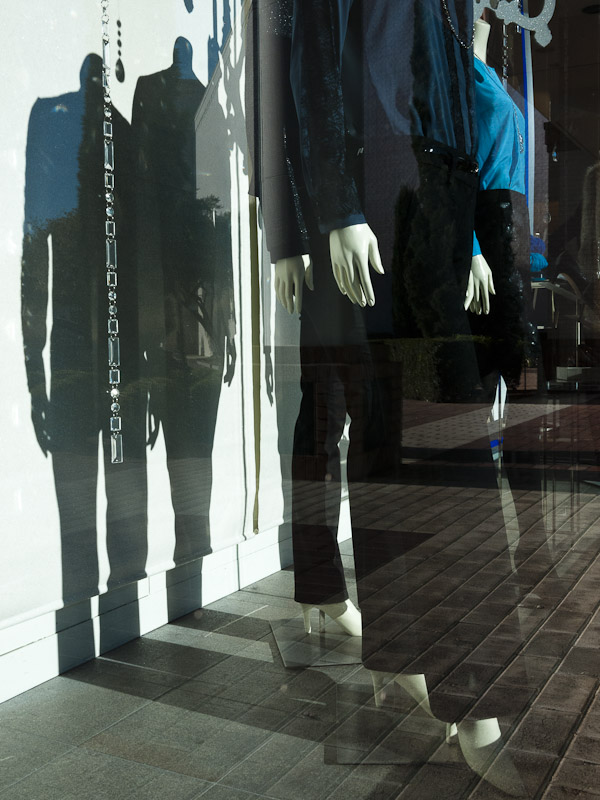



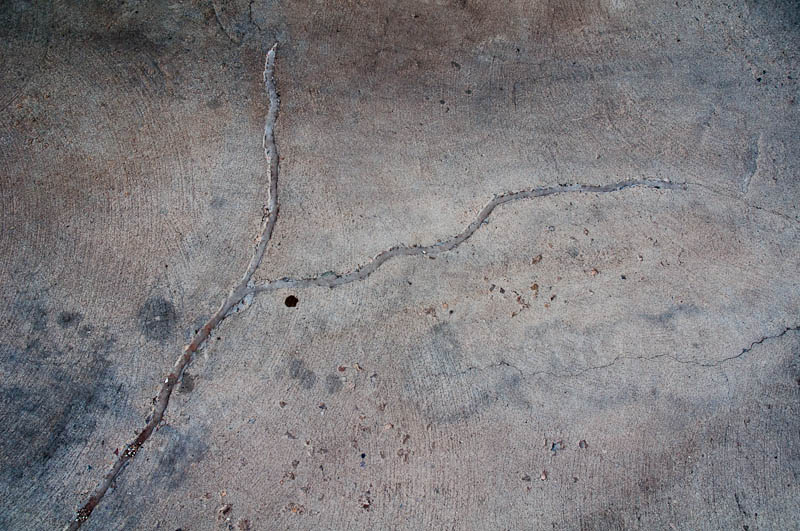
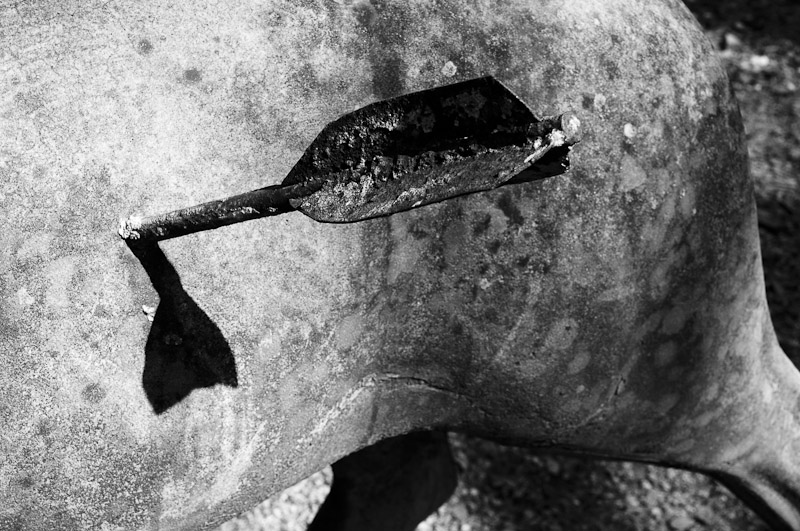
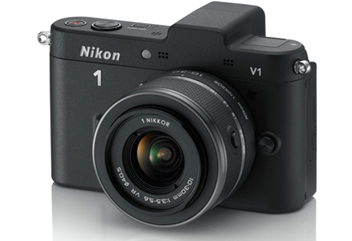 All this negativity reminds me of the reaction of some of my fellow software developers to the original iPad launch; they wanted all the bells and whistles of their Mac Book Pros in a compact tablet form factor and therefore considered the iPad a failure and a lost opportunity. I thought that they had missed the point; we all know how it turned out. Apple understood that the market for the iPad was not professional software technologists, and Nikon understands the that the high volume, high profit market segment for mirrorless ILCs is not enthusiasts looking for a second camera.
All this negativity reminds me of the reaction of some of my fellow software developers to the original iPad launch; they wanted all the bells and whistles of their Mac Book Pros in a compact tablet form factor and therefore considered the iPad a failure and a lost opportunity. I thought that they had missed the point; we all know how it turned out. Apple understood that the market for the iPad was not professional software technologists, and Nikon understands the that the high volume, high profit market segment for mirrorless ILCs is not enthusiasts looking for a second camera.


